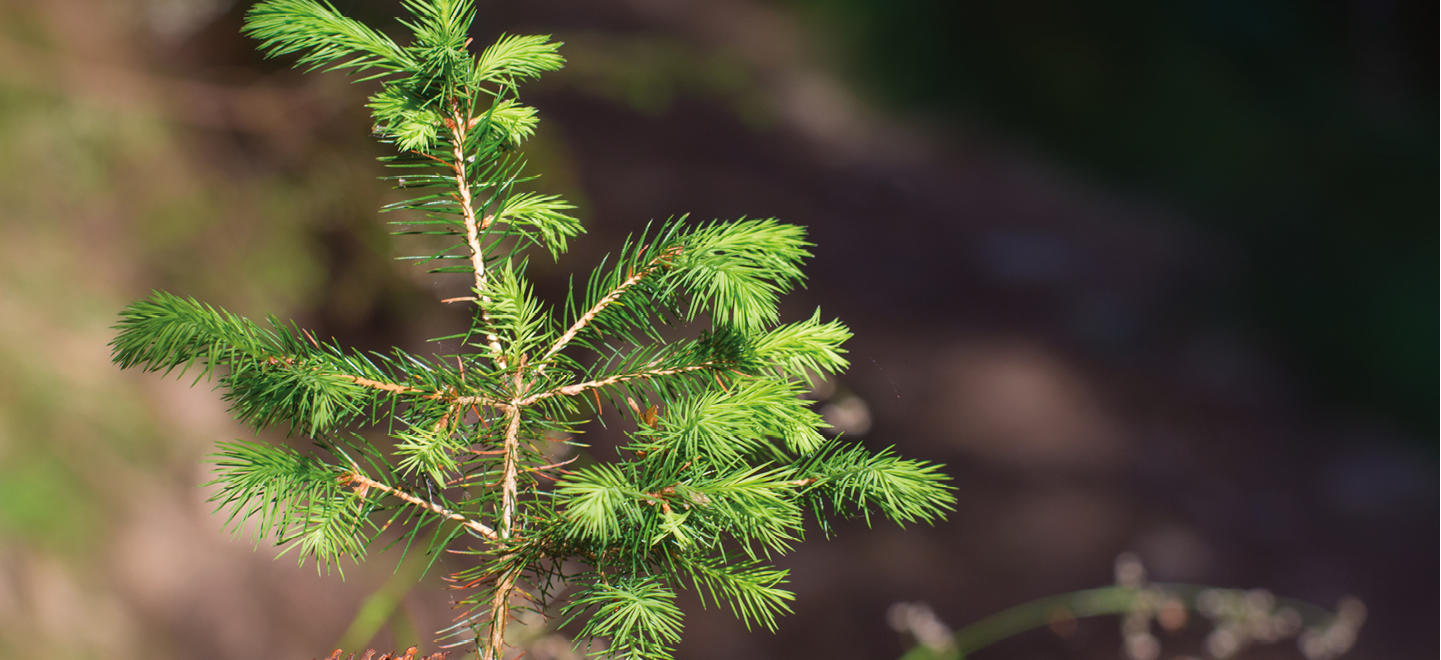Here are some activities to encourage students to observe and explore nearby trees, whether in the yard, on a neighbourhood walk, or on a local trail.
The first is a tree life cycle search, which simply involves finding a tree at each stage of growth. Further activities are suggested for each of these stages, including seeds, seedlings and saplings, mature trees, and decomposing logs.
Students can choose one or more, depending on interest and what’s available for them to explore.

Introduction:
Trees, like human beings, have a life cycle that includes stages. Trees are “born” when a seed germinates, grow up, get old, and eventually die. Let’s go on a search for trees at each stage of this cycle.
Tree Life Cycle Stages:
Seed: Tree seeds come in a variety of shapes and sizes. Maple keys, pinecones, apple seeds and chestnuts are some examples.
Seedling: When a seed germinates, a shoot emerges. When the shoot comes out from the ground, it’s called a seedling.
Sapling: When the seedling grows bigger than 1 metre in height or so (it depends on what kind of species it is), it becomes a sapling. Saplings have flexible trunks and smooth bark (compared to when they are full-grown trees).
Mature Tree: Trees can live for decades, or even centuries. A mature tree often develops thicker and rough bark.
Dead Tree: Standing dead trees are often excellent habitat for many animals. We call them “wildlife trees.” When they fall and become “logs” and they continue to provide homes, as well as nutrients as they break down (decompose) on the forest floor.

Activities:
K-Grade 3:
• Draw a picture of a tree at each stage of its life cycle and label it.
Grade 4-7:
• Find a tree at each stage of its life cycle. Bring your journal and answer/do:
• Did you find at least 1 in each stage? Was it easy to find?
• For each of your finds, what do you observe? What do you wonder?
• Make a sketch of each.
• What species of tree is it? Write down the name if you know. If not, how can you find out?
• Create a life cycle drawing for one species of tree that you observed. You can use the format pictured at the start of this lesson, or you can try and make yours a circle.









